From tackling child rights to issues like smoking and environment, school children are taking up animation as a popular medium of story telling
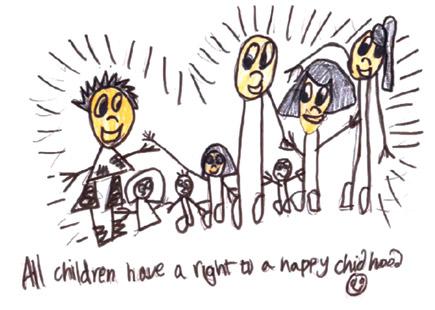
In 2013, a hand-drawn animation short film, created by class 5 students of Mumbai’s Ecole Mondiale World School, won the FICCI Frames Best Animation Films (BAF) Award. The film discussed child rights in a simple yet inspiring way. It went on to win the second prize at the International Children and Youth Animation Film Festival Varaždin (VAFI), 2013, in Croatia. And soon after, a Croatian school adopted it as part of its school kit.
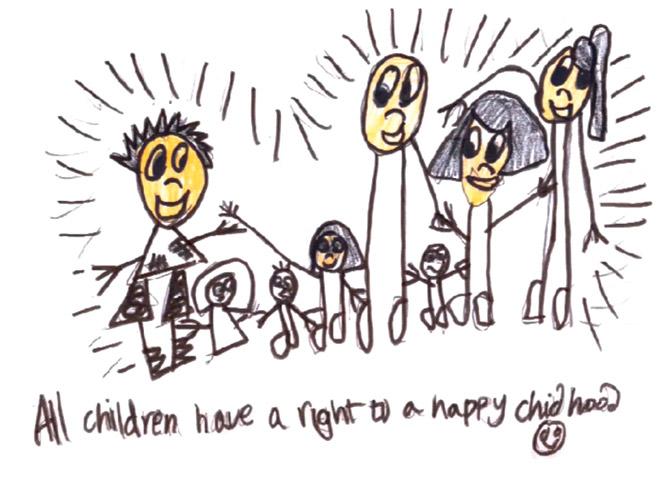
A still from the film Children of The World (2013) created by class 5 students of Ecole Mondiale World School
Most recently, two other films, Eraser Dude and The Coolest Magician, made by a group of children, received a Special Jury Award at Anifest India 2015, organised by The Animation Society of India (TASI). Tehzeeb Khurana, founder and creative director of Toon Club, who trained the students in animation, says, “Children love animation. They are always eager to know more about it. So, when we teach them how to use simple tools like pen and paper to create a work of animation, they are in awe. It’s like magic for them.”
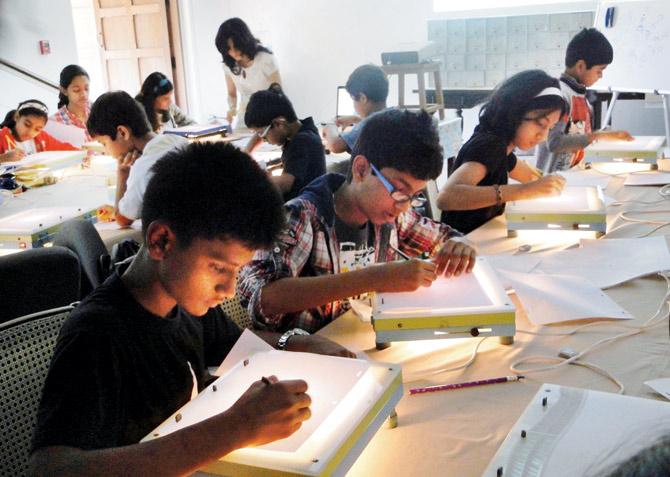
Children creating animation works
Start ’em young
Khurana is now ready with her next workshop, The Art and History of Animation, a five-day session for children from eight to 14 years that kicks off next week. Organised in association with Learning Ladder and Comet Media Foundation, it will teach kids about different methods, processes and tools, and how to tell an original story. Curious, we ask Khurana if there’s been a sudden interest in animation among school children. “It was always there. Kids just didn’t have the means to express it,” she thinks.
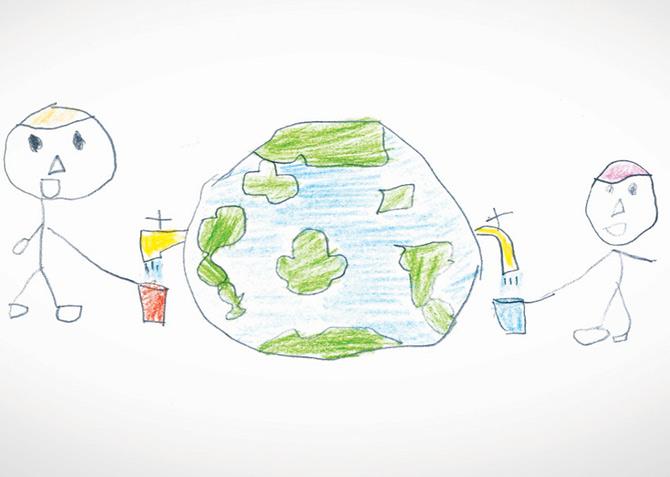
A still from the animation film, Eco Green
The company has been organising workshops for 12 years. “When we started, we noticed that most animation schools in India taught only animation software. The art and principles of animation were left out, whereas internationally, the basics are inculcated at a young age,” she informs, adding, “Some of our students are now pursuing animation and have enrolled in institutes like the National Institute of Design in Ahmedabad and Srishti Institute of Art, Design and Technology in Bangalore.”

Tehzeeb Khurana
But have things changed in the last decade? Professor Shilpa Ranade, who teaches animation at the Industrial Design Centre, IIT Bombay, says, “The interest is higher than ever. Children, today, are more exposed to animation with TV channels airing animation shows 24x7.” Ranade, worked on the animation film, Goopi Gawaiyaa Bagha Bajaiya, also feels that a change in approach is crucial, “Most institutes focus on software alone, but today’s students have more options to study animation as an art form, not just as a software tool. Most of the work in India is assembly-line technical stuff. More original works must be encouraged,” she adds.
Original is key
According to Dhimant Vyas, a professional animator on the film, Shaun The Sheep, India is producing more original animation than it did a decade ago. “People are more appreciative of Indian animation too. Sadly, though, a majority of the commercial work available in India is VFX and production-centric. We need people to finance more original works, and stories; the ones that don’t ape the West,” relays Vyas. However, he feels that all is not lost. “We have the talent and a treasure of stories. We need to offer the right training that includes various steps involved in the making of an animation. One of the best ways to do that would be to include animation at school level,” he suggests.
USP of the workshop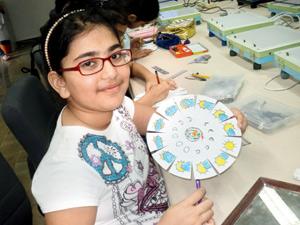
The Art and History of Animation workshop will teach animation concepts like persistence of vision, laws of physics, as well as how to make animation works using optical devices like Thaumatrope, Phenakistoscope, Zoetrope and Kineograph.
Figure this: Tracking the animation industry
According to the FICCI-KPMG 2015 report on Indian media and entertainment industry, between 2010 and 2014, the Indian animation industry witnessed a compound annual growth of 17%, but a majority of the growth was observed in VFX (26% CAGR) and post-production work (22%CAGR), whereas animation services and animation productions grew at just 7% CAGR. This despite the fact that 2014 saw several animation films being produced locally.

A still from the children’s animation film, Knock-Knock
 Subscribe today by clicking the link and stay updated with the latest news!" Click here!
Subscribe today by clicking the link and stay updated with the latest news!" Click here!









